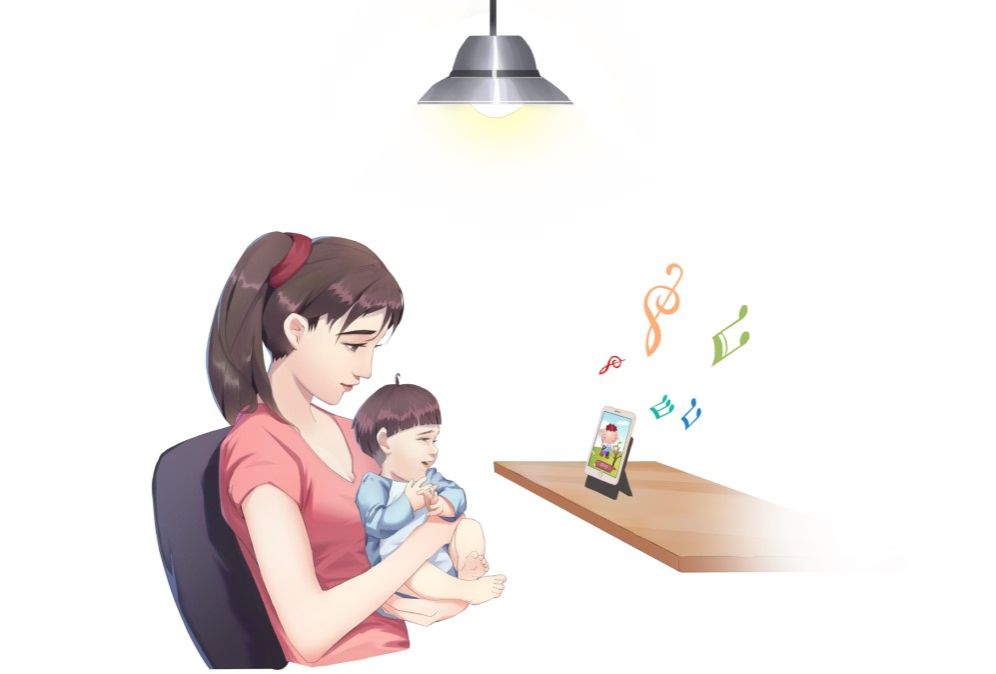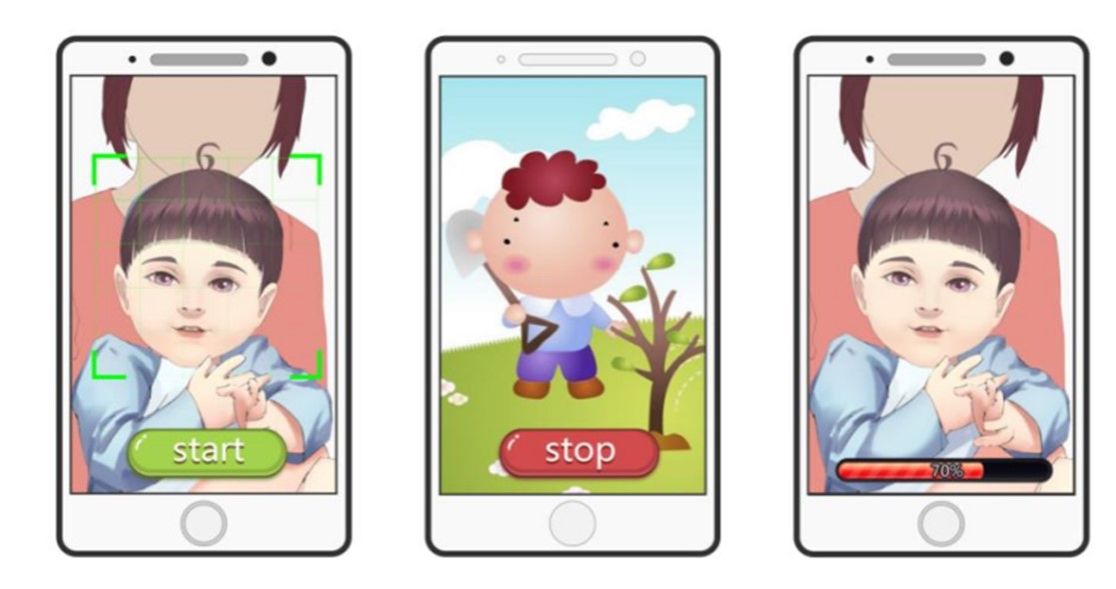Infancy and early childhood are critical periods for visual development, during which imprompt detection and treatment for ocular disorders can result in irreversible visual loss and bring a heavy burden to the family and society. The incidence of eye diseases is reported approximately 9.11% among the 50 million young children under 4 years old in China. Early detection and prompt treatment are critical to improve the prognosis of visually impaired children. However, young children cannot cooperate well with standard vision tests. To develop the technology for early detection of visual impairment in young children has become an urgent public health problem. The team of Professor Haotian Lin at Zhongshan Ophthalmic Center, Sun Yat-sen University led the multicenter research to develop the first smartphone-based deep learning system for early detection of visual impairment in young children. The research results have been published online in Nature Medicine (impact factor 87.241) on January 26, 2023, providing an effective tool to solve this challenging problem.
The research team utilized smartphone to induce a steady gaze in children by using cartoon-like video stimuli and collected videos that capture their gazing pattern. More than 25,000,000 frames of videos from 3,652 children were collected for early warning of their aberrant gazing behaviors, so as to detection of visual impairment and the related eye diseases based on a deep-learning-based back end deployed in the Tianhe-2 supercomputing center. The research and development of this technology innovates the mode of mobile screening for visually impaired children, which will greatly improve accessibility and reduce cost of screening.

Fig. 1: Early detection of young children with visual impairment using a smartphone
Researchers announces that it has achieved a breakthrough in early detection of visual impairment caused by any of 16 common blinding eye diseases in young children, such as congenital cataracts, congenital ptosis, and congenital glaucoma, with an average screening accuracy above 85%. Importantly, the AI system performed stably in a variety of screening scenarios, with an accuracy of more than 80% for multi-center external verification and 85.9% for at-home screening tests. This achievement will promote early detection of a variety of eye diseases related to visual impairment in young children, and make screening accessible in multiple scenarios such as child care, community, and home settings. At present, the team has cooperated with public platforms such as “Yue Sheng Shi” government platform to deploy the AI system and provide feasible solutions for large-scale screening.

Fig. 2: The smartphone plays a cartoon-like video and records the gazing behavior of children
Based on the interdisciplinary innovation platform of Sun Yat-sen University, the team of Professor Haotian Lin jointly completed this research with 23 institutes, including hospitals, universities, and enterprises worldwide. Postdoctoral Fellow Wenben Chen, Dr. Ruiyang Li, Master Andi Xu from Zhongshan Ophthalmic Center, Dr. Qinji Yu from Shanghai Jiao Tong University, and Master Feng Yile from Voxel Technology Co., Ltd are co-first authors. State Key Laboratory of Ophthalmology, Zhongshan Ophthalmic Center, Sun Yat-sen University ranks as the first institution of this paper. Through the integration of medicine and engineering, this project drives the independent training of young talents and cross-innovation in scientific research, and promotes young scientists to solve major scientific problems and serve the major strategic needs of the country.
Link to the paper: https://www.nature.com/articles/s41591-022-02180-9



